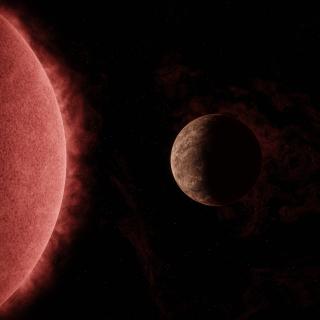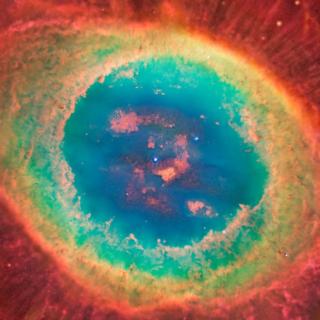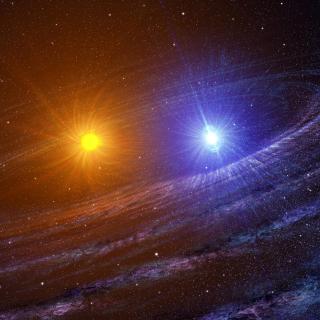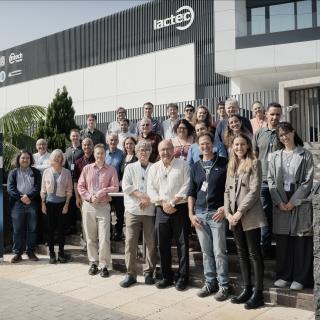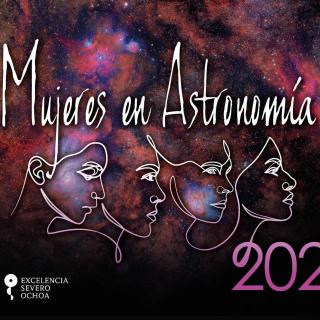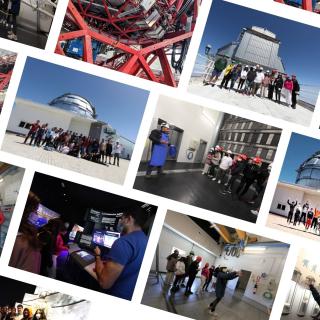
This educational programme, organised and developed by the scientific institutions of the Roque de los Muchachos Observatory and the Instituto de Astrofísica de Canarias (IAC), is celebrating its 14th birthday, and it does so with unanmiously high opinions from the schools which have participated in the programme this year. This can be gleaned from the data in the questionnaire circulated by the IAC among the educational centres which participated in this edition of the programme in 2024, which reflect 100% satisfaction. In 2024 the programme included 14 lectures in educational centres, and
Advertised on
